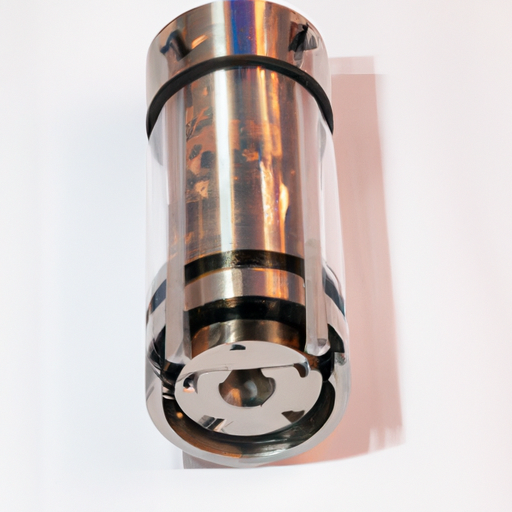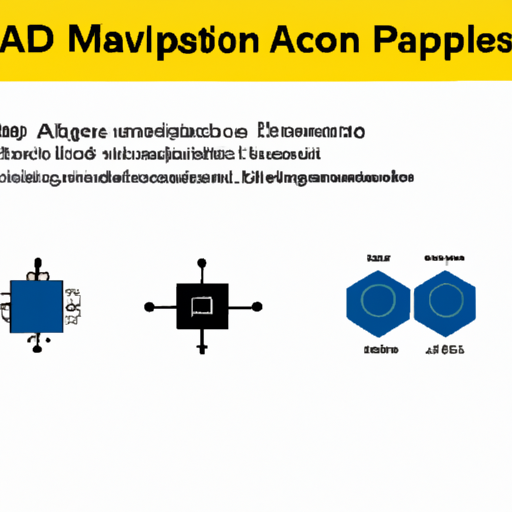
Application Development in Circuit Breakers for ECQ-P1H333GZ: Key Technologies and Success StoriesThe development of applications for circuit breakers, particularly the ECQ-P1H333GZ model, is a dynamic field that integrates cutting-edge technologies to improve performance, reliability, and user experience. Below is an overview of the key technologies involved and notable success stories that highlight the impact of these innovations.
Key Technologies1. Smart Grid Integration2. Advanced Sensing Technologies3. Digital Control Systems4. User Interface (UI) and User Experience (UX) Design5. Cybersecurity Measures1. Smart Home Integration2. Industrial Automation3. Energy Management Systems4. Remote Monitoring Solutions5. Enhanced Safety Features Success Stories ConclusionThe application development for circuit breakers like the ECQ-P1H333GZ is rapidly evolving, driven by technological advancements and the growing demand for smart, efficient, and reliable electrical systems. By leveraging IoT, data analytics, and user-friendly interfaces, developers can create innovative solutions that enhance the functionality and safety of circuit breakers, leading to successful implementations across various sectors. As the industry continues to innovate, the potential for improved energy management, safety, and user engagement will only increase, paving the way for a more connected and efficient future.

C3AAG-4006G Gas Discharge Tube Arresters (GDT): Core Functional Technology and Application Development CasesGas Discharge Tube Arresters (GDTs) are critical components in surge protection devices, designed to shield sensitive electronic equipment from voltage spikes caused by lightning strikes, power surges, and other transient overvoltages. The C3AAG-4006G model exemplifies the core functional technology and diverse applications of GDTs. Below, we explore the essential aspects of GDT technology and notable application development cases.
Core Functional Technology of GDTs1. Basic Operation2. Voltage Rating3. Response Time4. High Surge Current Capacity5. Longevity and Reliability6. Low Leakage Current1. Telecommunications2. Power Distribution Systems3. Consumer Electronics4. Industrial Automation5. Renewable Energy Systems6. Automotive Applications Application Development Cases ConclusionThe C3AAG-4006G Gas Discharge Tube Arrester exemplifies the advanced technology and versatility of GDTs across various applications. Their ability to protect sensitive electronic equipment from transient overvoltages makes them indispensable in telecommunications, power distribution, consumer electronics, industrial automation, renewable energy, and automotive sectors. As technology continues to evolve, the role of GDTs in safeguarding electronic systems will remain crucial, driving further innovation and application development in surge protection solutions. The ongoing advancements in GDT technology will likely lead to even more effective and efficient protective measures in the future.

Application Development in Varistors and MOVs for C3AAG-4018G: Key Technologies and Success StoriesVaristors and Metal Oxide Varistors (MOVs) are essential components in the realm of surge protection and voltage clamping, safeguarding electronic devices from transient voltage spikes. The C3AAG-4018G is a specific part number that likely refers to a type of varistor or MOV utilized in various applications. Below, we explore key technologies and notable success stories associated with the development and application of varistors and MOVs.
Key Technologies1. Voltage Clamping Technology2. Material Science3. Thermal Management4. Miniaturization5. Smart Protection Solutions6. Automated Testing and Quality Control1. Telecommunications2. Consumer Electronics3. Renewable Energy Systems4. Automotive Applications5. Industrial Automation Success Stories ConclusionThe development and application of varistors and MOVs, such as the C3AAG-4018G, have been propelled by advancements in materials science, thermal management, and smart technologies. Their successful integration across various industries—including telecommunications, consumer electronics, renewable energy, automotive, and industrial automation—underscores their critical role in protecting electronic systems from voltage transients and ensuring operational reliability. As technology continues to advance, the significance of varistors and MOVs is expected to grow, paving the way for innovative applications and solutions in the future.

Fuseholders: Core Functional Technologies and Application Development CasesFuseholders are essential components in electrical systems, providing a secure and reliable means of holding fuses in place while ensuring safe operation. They protect electrical circuits from overloads and short circuits, allowing for easy fuse replacement when necessary. Below, we explore the core functional technologies of fuseholders and highlight various application development cases that demonstrate their effectiveness.
Core Functional Technologies of Fuseholders1. Material Composition2. Design Variations3. Safety Features4. Environmental Resistance5. Ease of Use1. Automotive Applications2. Industrial Machinery3. Consumer Electronics4. Renewable Energy Systems5. Telecommunications Application Development Cases ConclusionFuseholders are integral to the safety and reliability of electrical systems across various applications. Their design and technology continue to evolve, focusing on enhancing safety, ease of use, and environmental resilience. As industries increasingly rely on complex electrical systems, the importance of effective fuseholders will only grow, driving further innovation and development in this essential component. The ongoing advancements in materials, design, and safety features will ensure that fuseholders remain a critical element in the protection of electrical circuits in the future.


lang_service_time
lang_select_kefu
xinyuan473@gmail.com












